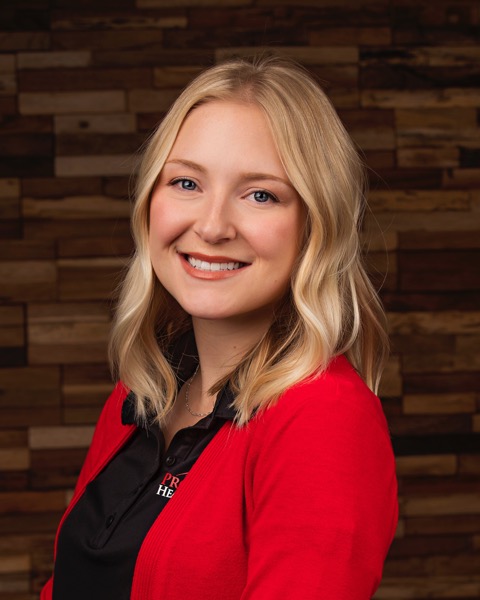Implantable Hearing Devices (IHD)
(PP802) Practice Patterns of U.S. Audiologists After the Cochlear Implant Clinical Practice Guidelines

Brett King, BS
Audiology Graduate Student
University of South Dakota
Arlington, South Dakota, United States- JM
Jessica J. Messersmith, PhD
Associate Dean
University of South Dakota
Vermillion, South Dakota, United States - NB
Nate Blaseg
Medical Student
University of South Dakota Sanford School of Medicine
Lead Presenter(s)
Presenter(s)
Contributor(s)
The present study sought to conduct a national survey of cochlear implant (CI) audiologists in the United States to evaluate adherence to recommendations provided by the American Academy of Audiology Clinical Practice Guidelines: Cochlear Implants (2019). A cross-sectional survey design was used to gather information regarding patient demographics, current CI practice patterns, and attitude towards the CI practice guidelines document. A sub-section of the survey aimed to determine the impact of COVID-19 on provision of CI services. Survey results and implications will be discussed via poster presentation.
Summary:
Objective: This study sought to conduct a national survey of audiologists in the United States to evaluate adherence to recommendations provided by the CI Practice Guidelines (CIPG).
Rationale: Cochlear implants (CIs) are recommended to and utilized by thousands of Americans with severe and profound hearing loss. With the ever-changing CI candidacy criteria, more Americans are being considered CI candidates than ever before. Although many factors that impact outcomes with CIs are largely out of the audiologist’s control, such as duration of deafness before implantation, residual hearing, and age of implantation, it is known that quality and degree of audiologic care such as device programming and consistency of follow-up appointments impact patient outcomes with CIs. Audiologists work closely with potential and existing CI users to determine CI candidacy, activate and program the devices, and provide quality follow-up care so that outcomes with these devices may be maximized. The 2019 American Academy of Audiology (AAA) Clinical Practice Guidelines: Cochlear Implants (CI Practice Guidelines) were created to provide a comprehensive resource of evidence-based recommendations for the intended use of audiologists working with cochlear implant users. The aim of this study was to determine the extent to which the guidelines impacted clinical practices within CI centers across the U.S.
Design: A cross-sectional survey design was used. Responses were gathered via voluntary nationwide sample of practicing CI audiologists. A total of 198 participants opened and began the online survey and 167 successfully completed the survey instrument (28.8% return rate). Potential participants were identified using the ‘‘find a clinic’’ function on three CI manufacturers’ websites. Potential participants were asked to complete an online survey regarding their clinical practices. Survey responses were analyzed for trends.
Results: 52% of participating CI audiologists who provide care to pediatric patients and 59% who provide care to adult patients follow CI evaluation procedures outlined by the CI Practice Guidelines. After implantation, guidelines recommendations are not as closely followed during CI programming, however, the majority of CI audiologists perform the basic components of CI programming. 84% of participants read the CI Practice Guidelines in part or full, and of those respondents, 49% somewhat agreed and 22% strongly agreed the CI Practice Guidelines is a useful tool in their clinical practice. 32% of participants who read the CI Practice Guidelines changed one or more of their clinical practices.
Conclusions: Most audiologists with a focus in CIs have reviewed the recently published CI Practice Guidelines. Overall, audiologists follow the guideline recommendations in areas of CI candidacy procedures and follow-up schedules. There are still many audiologists who do not conduct certain programming procedures that may optimize their patients’ outcomes. Attitudes were largely positive toward the CI Practice Guidelines. In sum, these results indicate clinical practice guidelines are an effective tool in improving and streamlining clinical practice.
Learning Objectives:
- Identify the primary findings and implications of the present research study looking at audiologists’ attitude towards and adherence to the American Academy of Audiology Clinical Practice Guidelines: Cochlear Implants (2019).
